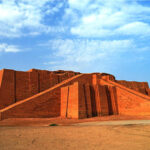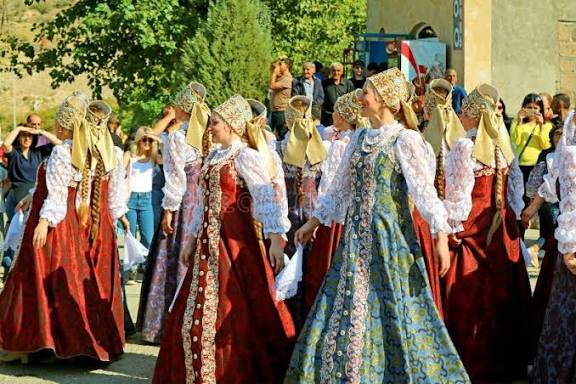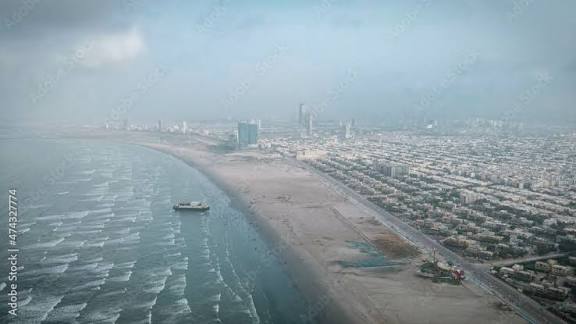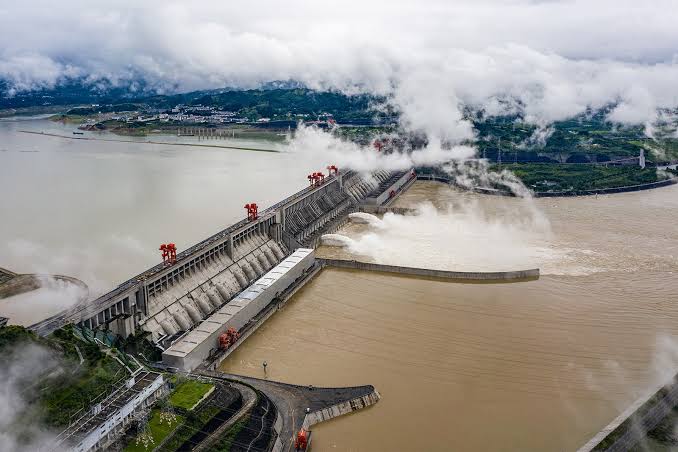The River Indus has always been a source of longing and desire for the great kings and warriors of the world. Some wished to behold it for the sake of joy and leisure. Others sought to witness it for conquest and strategy. The wish to see the river and the valley of Sindh has forever drawn attention from every corner of the world.
Alice Albinia’s Arrival in Sindh
In this way, the Journalist and author Miss Alice Albinia, dressed in the green robe of London’s scholarship and research, stepped upon the soil of Sindh to observe the Indus River—from its delta to the green mountainous slopes of the Himalayas. From ancient times, many spies like James Burnes had lingered in the plains of the Indus. Elias Elbina’s step, though from London, was not imperialistic in intent. Instead, it was friendly toward rivers, humanity, wilderness, and ecology.https://en.m.wikipedia.org/wiki/Alice_Albinia
It is said that when the British first began measuring the Indus River, a Sindhi elder sitting nearby cried out, “Now Sindh is gone from our hands.” With those words, he foretold the long slavery that was to follow. I do not believe that any Sindhi said such a thing upon the arrival of Elias Elbina. Her radiant face and pure intentions revealed a spirit of love for Sindh and for the Indus itself.
A Journey from the Delta to the Himalayas
Born in London, Alice Albinia undertook her fearless journey from the Indus Delta to its upper reaches, bearing the hardships of love and danger. She began her book “The Empires of the Indus” with her observations of Karachi. She wrote about those classes of society (bhanging or baalo) whom respectable people in clean clothes avoided in the mornings for fear of soiling themselves. These were the sweepers and cleaners. To us locals, it is astonishing that while we often ignore these people, a learned lady from London stood above the drains, conversing freely with them.
During Ramazan, when Karachi was under the grip of strict religiosity and fundamentalism, she endured that atmosphere patiently. On her journey through the delta, she keenly observed the cutting of mangroves and the shortage of water in the river.
She recalled the pains of the Partition of 1947. Her words reminded readers of that wound which every elder who suffered loss still remembers. Just as Muslim Sindhis lament the loss of their Hindu brothers and fellow citizens, she too wrote of that tragedy.
Alice’s Observations of the Indus and Its People
During her journey through the delta, Elias Elbina at times left her boat for nature’s call. That is something perhaps awkward to mention, but in truth the same necessity that every fisherwoman on long voyages must also face.https://en.m.wikipedia.org/wiki/Empires_of_the_Indus
Her travels resembled those of Shah Abdul Latif. Every tale and every place, she saw with her own eyes. Just as Latif walked the path of Sassui, Alice too took her steps, proving her belief that one must first observe before writing.
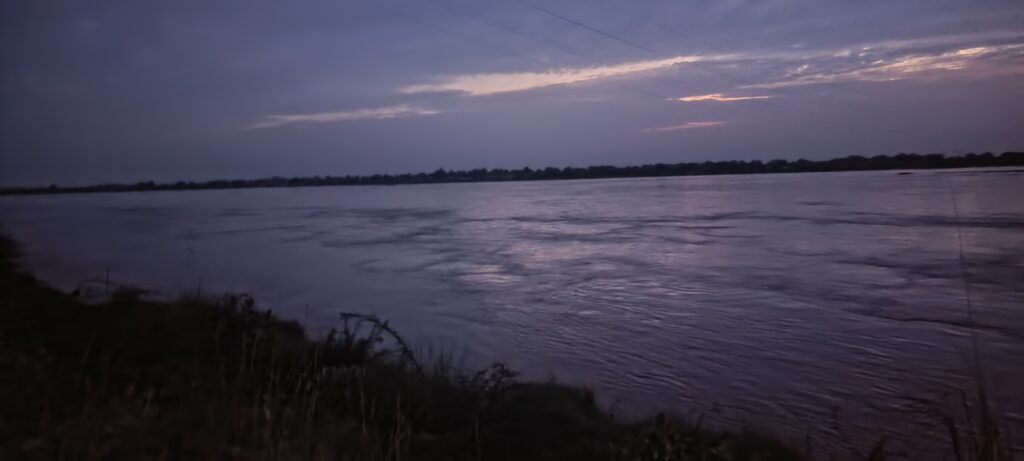
She visited the shrine of Sufi Shah Inayat Shaheed, reflecting on his struggle. In addition, Udero Lal, Sehwan, and Latif’s resting places were part of her journey, where she carefully studied them all. During her stay in Hyderabad, she wrote of a meeting with a man who claimed to have deciphered the script of Mohenjo-daro.Though she did not name him, I believe he was Sain Atta Muhammad Bhanbhro, the only man in Sindh known for such a claim.
Read about The Petroglyph of Sindh.https://khahori.com/ancient-petroglyphs-chitt-in-sindhi-of-the-kirthar-mountains-sindh/
The Empires of the Indus: A Historical Reflection
Reading “The Empires of the Indus”, one feels she studied the history of Sindh and the Indus River deeply. Her writings are rich with historical references that strengthen her credibility. She even wrote about G.M. Syed, the nationalist leader, calling him an atheist. I do not know why she thought so. In truth, he was a Sufi, rejecting the state’s official religious fundamental narrative.
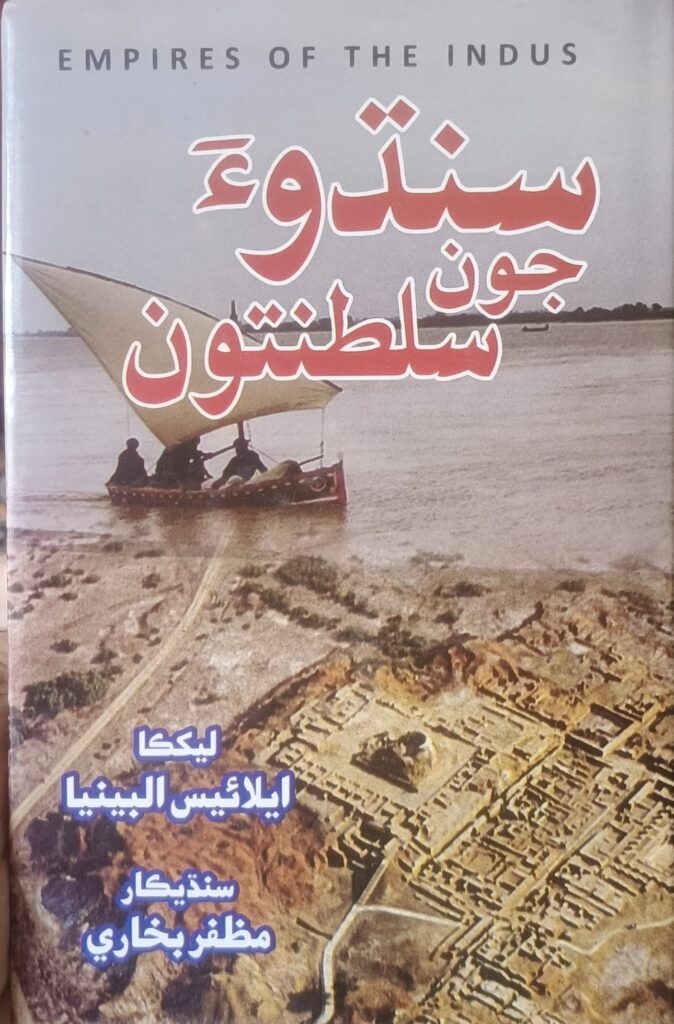
Alice Albinia also wrote about the Manzilgah Mosque incident in Sukkur, reviving the wounds of 1947. Her effort to obtain a copy of the court decision deserves admiration.
During her journey along the Kabul River, she even wore the Islamic veil (burqa) to protect her life. Through that, she may have realized the hardships endured by Muslim women. She also documented the struggles of travel caused by incorrect maps.
In Ladakh, she portrayed the society and condition of women well. In the valleys of the Kalash , she described their beauty vividly. Her efforts to capture the colors of the Himalayas deserve appreciation.
On the side of Ladakh, along with the woman’s sketch (on mountain), she also made a sketch of that scene. A black copy of it already existed, but she created a colored version.
Reaching Tibet and Beyond
Travelling far, she reached China and even referred to Tibet’s pain as she followed the river to its upper reaches. In her book, she gathered the beauties, hardships, and struggles of Sindh, its valley, and the Indus River into the fabric of words. She gave us the treasure book called “The Empires of the Indus.”
Conclusion
This journey of Alice Albinia is more than just travel writing. It reflects the history of Sindh, the beauty of the Indus River, and the struggles of its people. Her observations remain a valuable contribution for readers interested in history, ecology, and culture.
— Alice Albinia, Sindh sends you greetings of love.
Writer: GM Leghari

